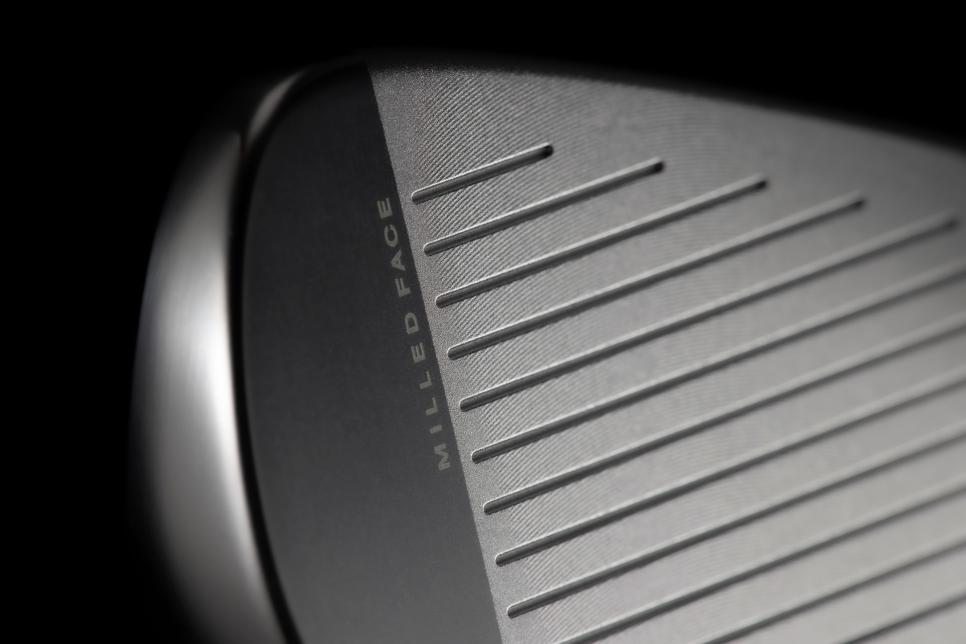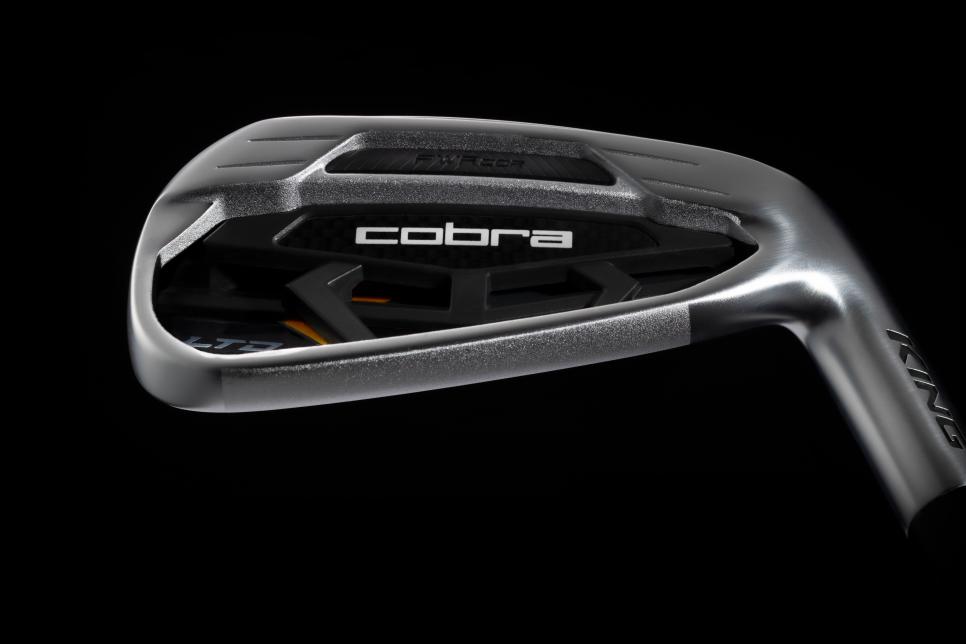WHAT YOU NEED TO KNOW: An overhaul of its game-improvement iron, Cobra’s new LTDx boasts a new shape and a key new innovation. A steel core bar is separated from the body, sole and face to lower and centre the centre of gravity (CG). It is tethered to the heel and toe but not where the ball is struck. That promotes maximum flex of the body, face and sole at impact, creating a rebound effect that delivers a faster ball speed.
AVAILABILITY/PRICE: Available in Australia from late February, LTDx irons come in a seven-piece set (4-PW, 5-GW with the 5 slot either being a hybrid or iron) as the standard offering with a KBS Tour 90 the stock steel offering. Cost is $1,603 for the set in steel shafts or $249 per iron in graphite. A One Length option is also offered.
THE PRO SHOP: Your one-stop shop for all things golf
THE DEEP DIVE: Before digging in on the design of its latest irons, which eventually would come to be the LTDx, Cobra sought some information from consumers as to what they wanted in a game-improvement iron.
“The top responses, in order, were accuracy, feel, forgiveness and distance,” said Mike Yagley, vice-president of innovation for Cobra. “All the top-selling game-improvement irons, though, are distance irons. So while this is what they say when asked, it’s not necessarily how they behave.”
That left the Cobra team attempting to design a bit of a unicorn iron – one that generated plenty of ball speed but checked all the other boxes players said they wanted as well. For the LTDx, however, the starting point was chasing more distance.
“When trying to generate ball speed you’re dealing with the question of how to make the face less constrained and add flex,” Yagley said. The answer lay in a multi-layer PWR-COR weighting system featuring a steel core bar suspended within a polymer injected casing.
Key to the innovation was the fact the steel core bar is separated from the body, sole and face to lower and centre the CG. It is tethered to the heel and toe but not where the ball is struck. “This is the innovation the fed the LTDx irons,” Yagley said. “We went through multiple iterations: hollow-body, cavity-back, etc. It turned out a fusion between a hollow design and a cavity back was the best configuration. It gave a lot of discretionary mass that could go in that bar. That promotes maximum flex of the body, face and sole at impact, creating a rebound effect that delivers a faster ball speed.”

A polymer injected layer around the core bar reduces vibrations and enhances feel, but also helps isolate the face for more rebound. “This iron has a lot of separate parts, so we had to damp quite a bit,” Yagley said. “It’s hard to innovate, so this was a real advancement.”
Also contributing to the distance end of things is a larger variable-thickness L-face (where the face wraps around part of the sole) in the 4 through 7-irons, with a 23 percent larger thin area. That not only fosters more face flex but saved three grams of weight that could be used elsewhere to enhance mass properties. The lofts are strong (the pitching wedge checks in at 41.5 degrees), but produce the appropriate height for the club being used, thanks to a low and centred CG that boosts launch angle.
Although figuring out faster ball speeds is key, the LTDx does a lot of the less-noticed things extremely well, too. There’s an 8-gram toe weight that enhances stability and can be adjusted down to 2 grams and up to as much as 14 grams to dial in the swingweight on custom builds. The 431 stainless-steel body and hosel allows for lie angle adjustments of +/- 4 degrees and loft alterations of +/- 1 degree. On the hitting surface, the face and grooves are milled to deliver consistency. The 4 through 6-irons use less aggressive V-like grooves while the 7-iron through pitching wedge utilise more of a U-like shape for added grab on shots hit with more of a descending blow.

Of course, one thing still remained even though it was not among the top desires of the group Cobra surveyed: appearance.
“Look is one of the things golfers say is near the bottom on their priority list of an iron,” said Yagley. “But we know that’s not true. We’ve all seen the person who picks up a club, sets it down and then says, ‘Nope, not happening.’ We needed to make sure that wasn’t us.”
Helping in that direction is a more conventional clubhead shape (recent game-improvement irons from the company had a decidedly angular appearance) and the removal of the carbon-fibre topline that was on recent models.




